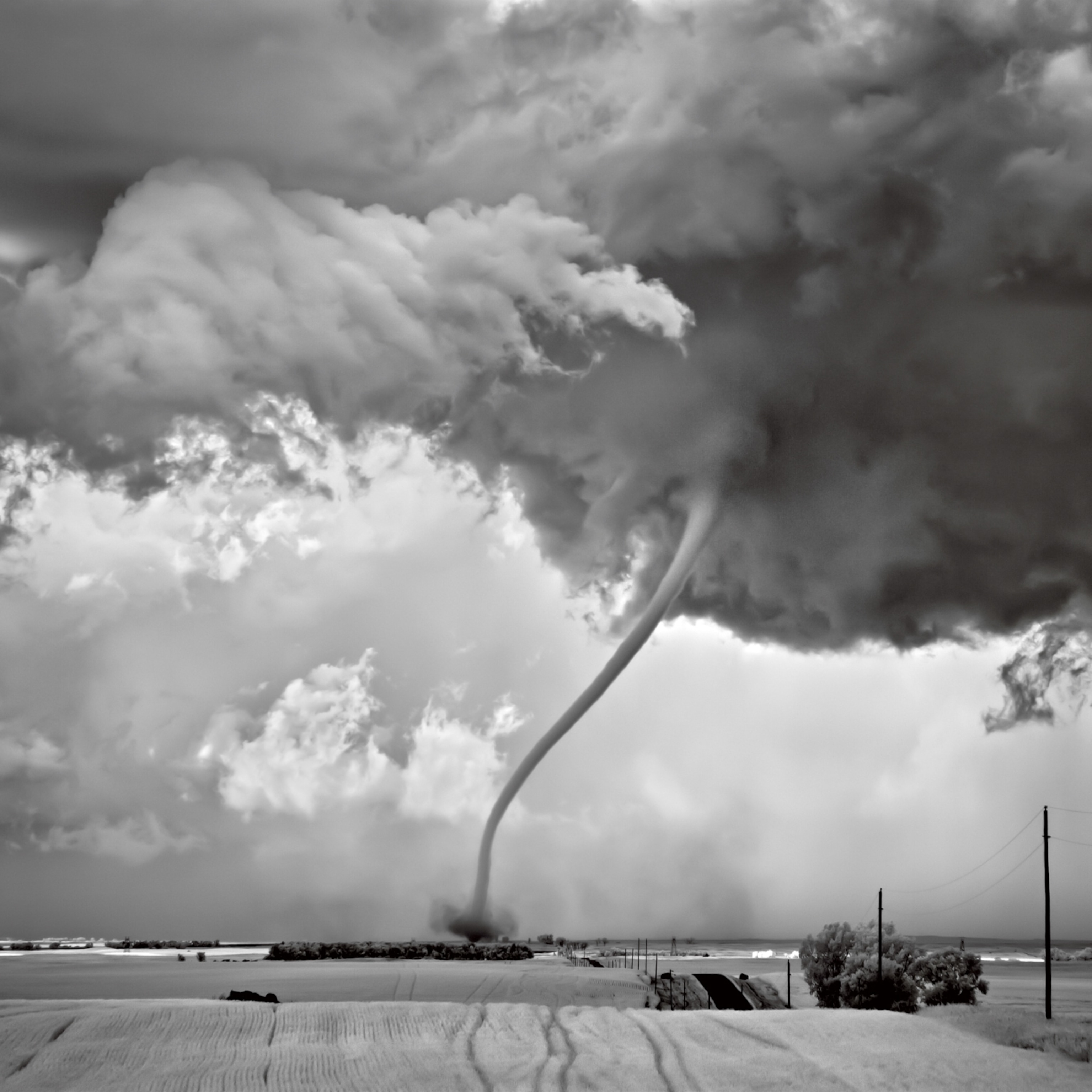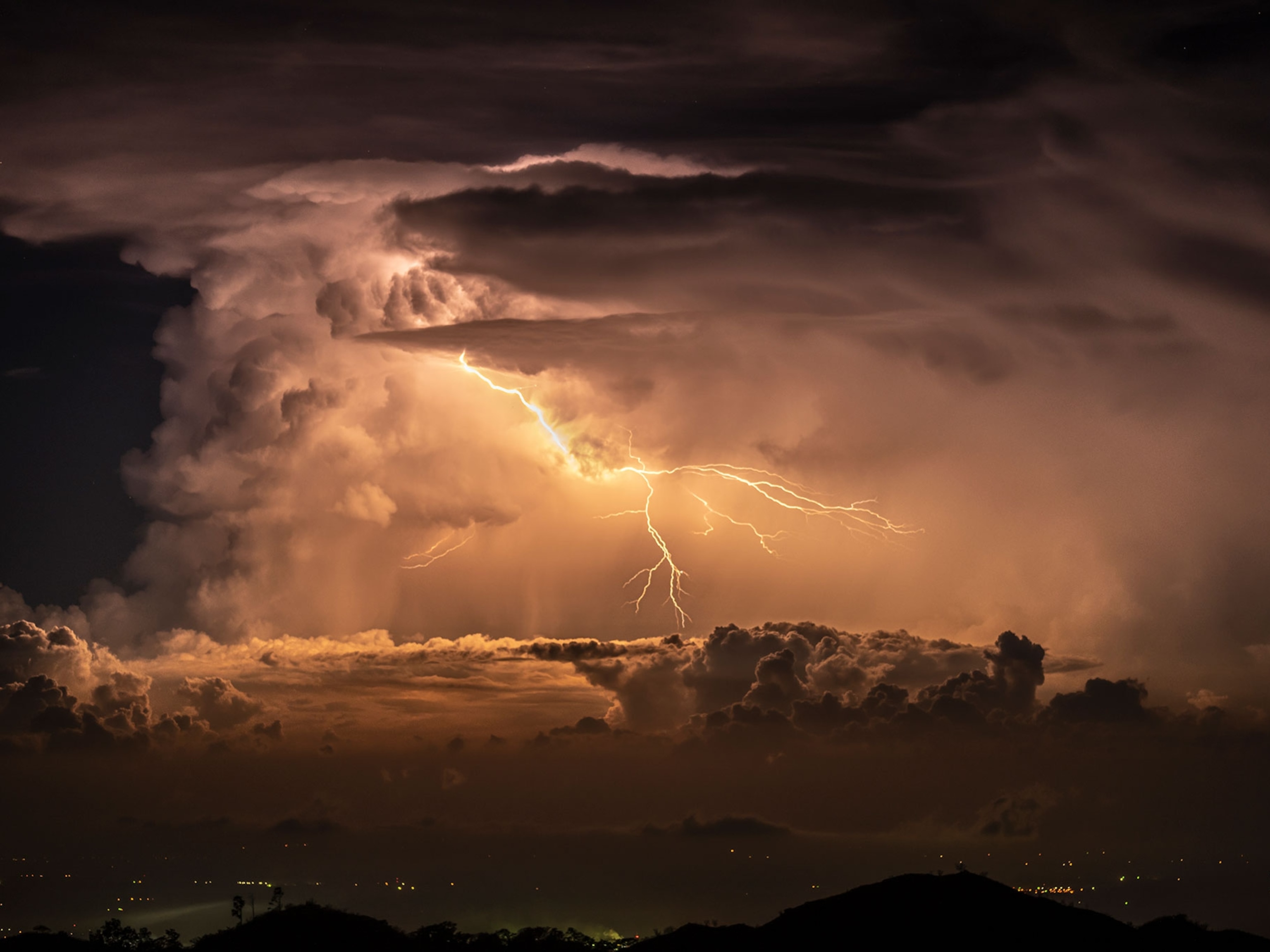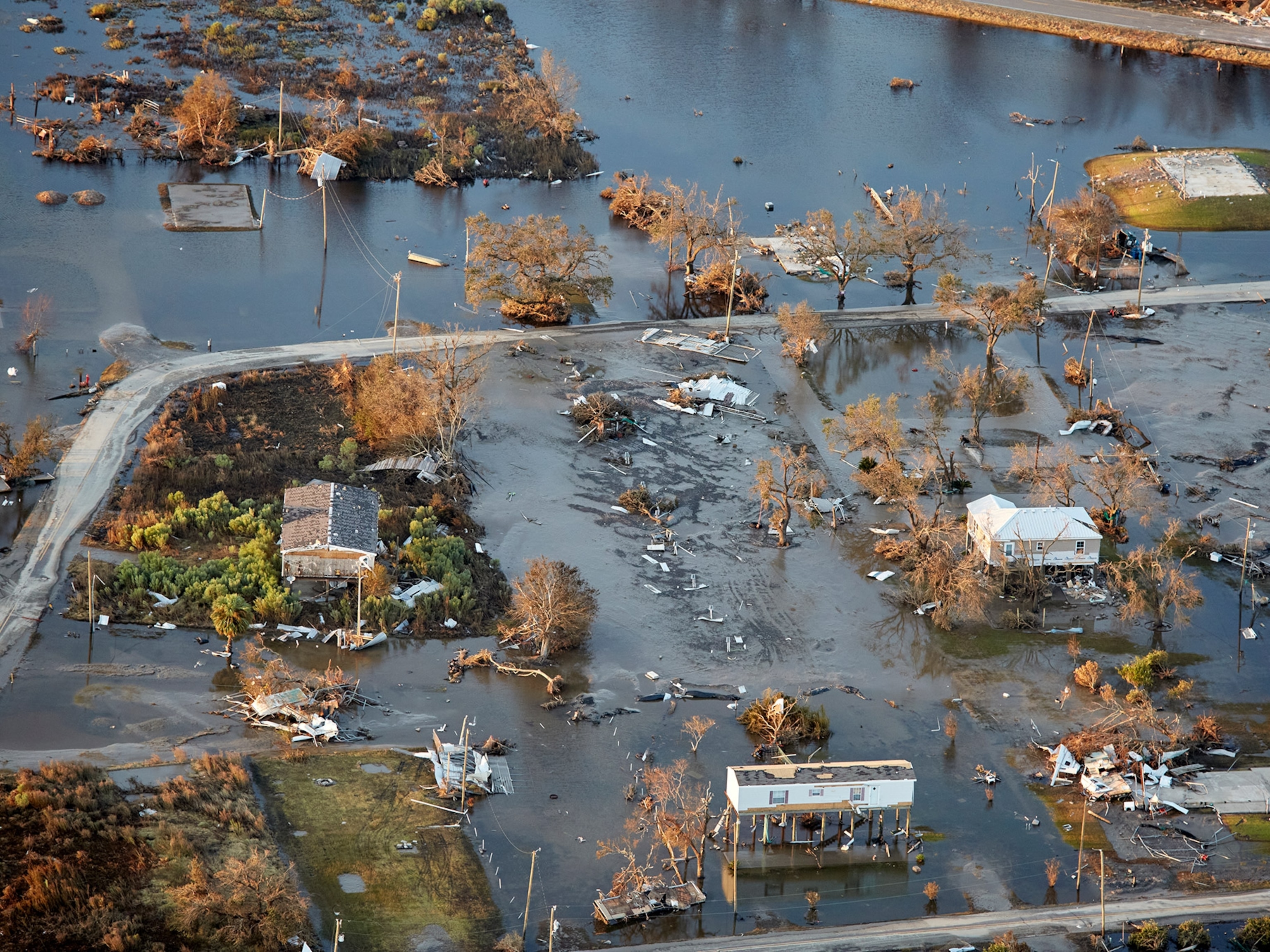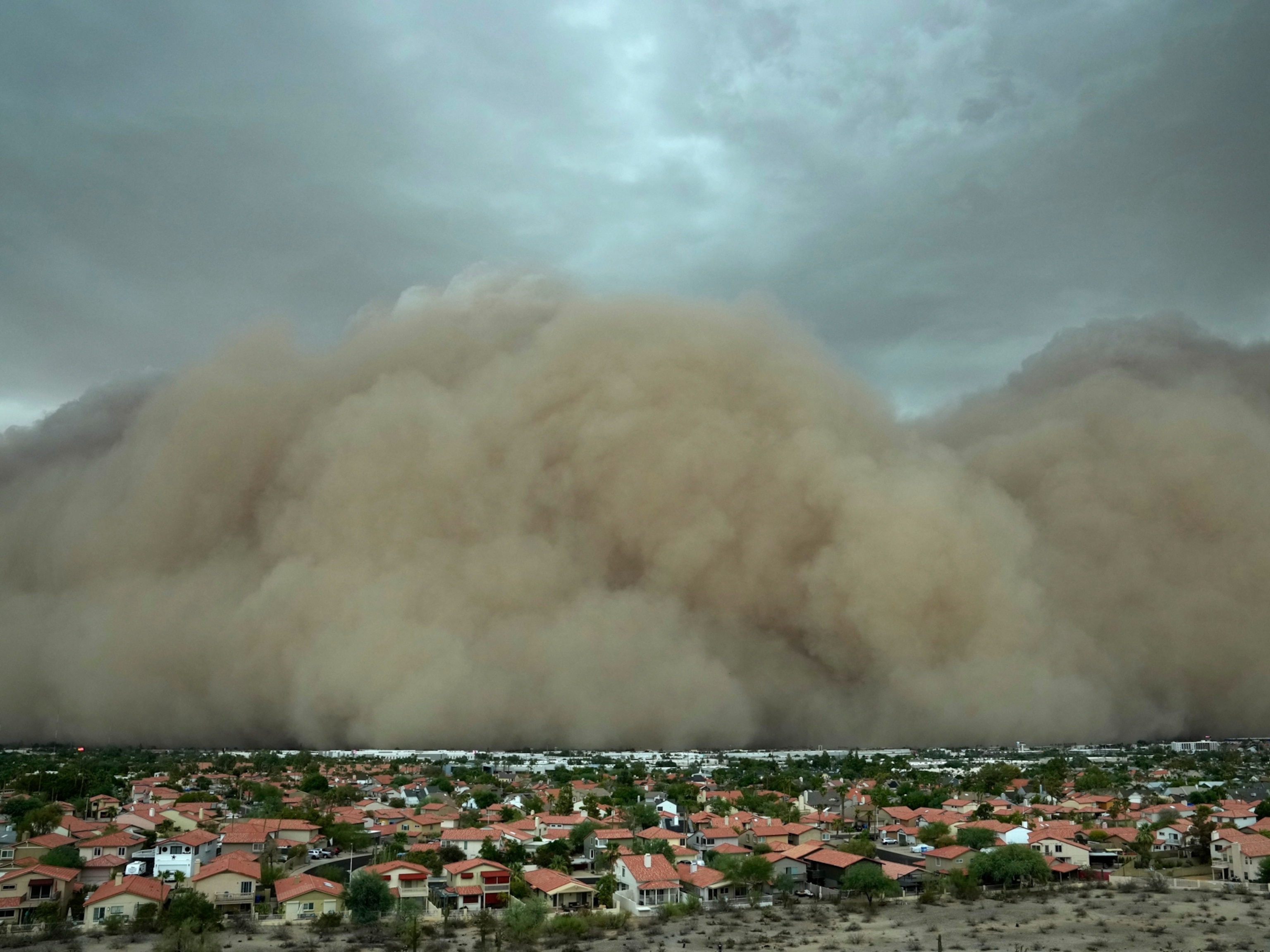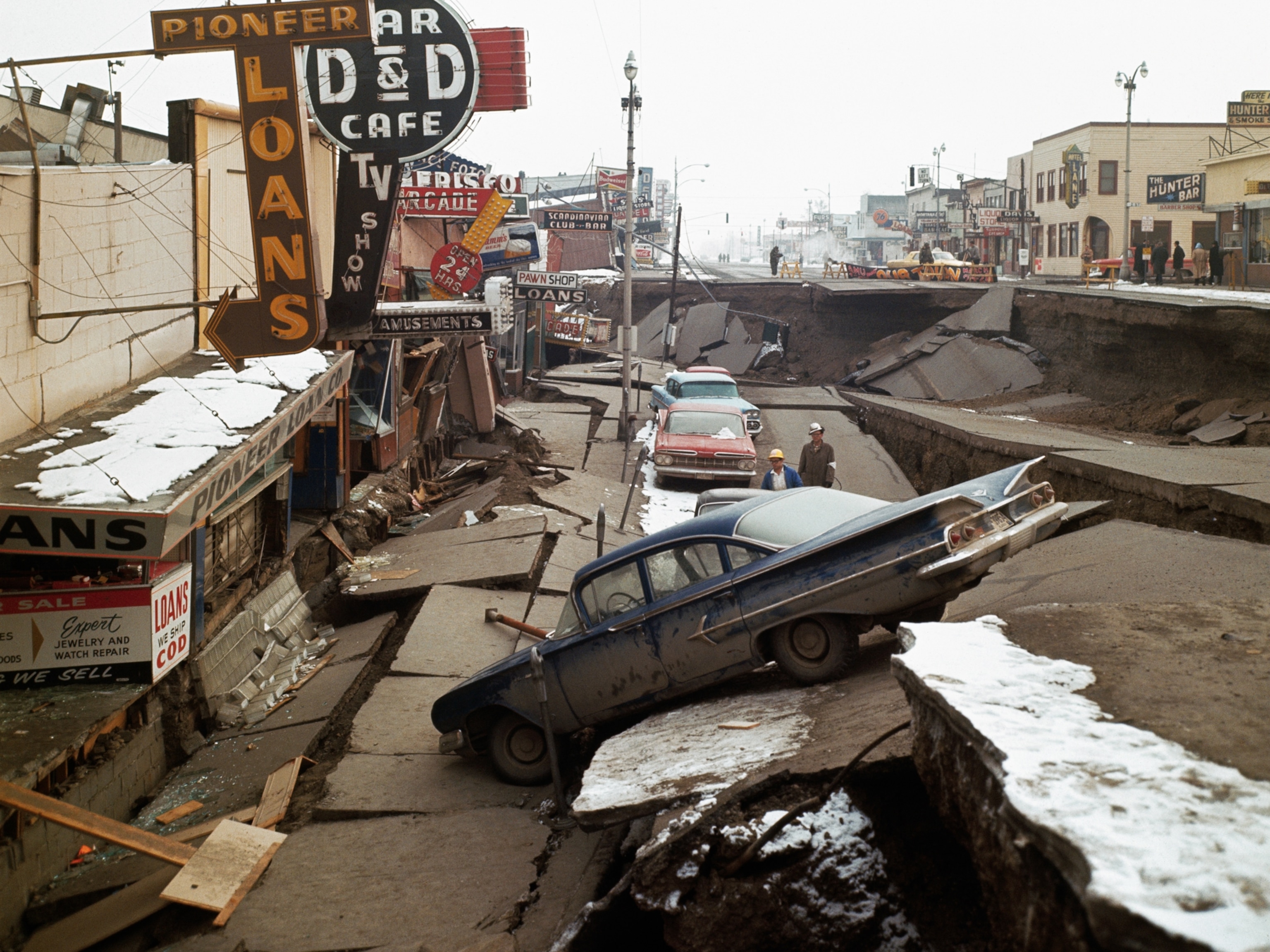
Our Haunting Last Interview With Storm Chaser Samaras
Tim Samaras and his son died in Friday’s El Reno, Oklahoma tornado.
This weekend brought the sad news that Tim Samaras, a high-profile storm chaser, was killed with his son in Friday's twister in El Reno, Oklahoma. For years, Samaras has driven into the heart of tornadoes, equipment in hand, to learn more about them.
Late last month, as tornado season was opening in Oklahoma, Samaras talked to National Geographic about what motivated him to engage in such dangerous work--starting with a boyhood viewing of The Wizard of Oz. It was our last interview with him, and one of his final interviews before his untimely death.
Samaras, a National Geographic grantee known for getting instruments inside tornadoes to measure pressure and wind speeds, talked about what we still don't know about these devastating storms, why he chases them, and how he, his son, and others cope in close quarters during a storm chase.
Please share your reflections about Samaras and his work in comments.
It sounds like you've gotten pretty close to some hair-raising tornadoes. What is that like?
Being close to a tornado is one of those incredible, fleeting moments that sometimes you have to take a couple of seconds to take in.
You can see in detail the tornado, the wind flow; you can actually hear it. And the sounds are different. If [the tornado is] in an open field, it sounds like a waterfall. If it's in a populated area, it becomes more of a thundering sound.
And then actually even the smell of tornadoes—if you're in the right place, you get a strong odor of fresh-cut grass, or occasionally, if it's destroyed a house, natural gas. Sometimes you get that raw earth smell, similar to if you run a bulldozer over open land.
What are you trying to figure out about tornadoes?
We still don't know why some thunderstorms create tornadoes while others don't. We're trying to collect as many observations as possible, both from outside and from the inside [of tornadoes].
This tells us several things. If we understand the [storm's] thermodynamic profile—what's the temperature, what's the humidity like, how cool is the air outside of the tornado—these are clues that help us to measure a thunderstorm that may produce a tornado.
If we better understood some of the final mechanisms for tornado genesis, our forecasting will be greatly improved.
We're also trying to address tornado dynamics—how powerful the winds are near the surface—which will help us address some of the engineering issues with home building.
Maybe there are some simple things we can do to a house that would help it withstand a [lower-intensity] tornado. (Learn about tornado safety.)
Like what?
An example is hurricane clips. These are simple metal clips that hold roof trusses on by nailing laterally to keep the roof on longer. Other solutions would be to strengthen garage doors to handle stronger winds. Once the garage door goes in high winds, the garage is pressurized and the walls and roof lift.
Do you need some kind of certification or special training to become a tornado chaser?
Anybody who wants to chase storms should contact their local National Weather Service and go through a spotter training class.
It gives you the basics on what [these] storms look like, how to spot tornadoes. Tornadoes aren't the only things that happen in these thunderstorms—there's hail, heavy rainfall. That would be the first step.
For people who want to continue on and conduct research, their best method is to pursue an education that aligns well with their area of interest.
How did you get into it?
My background is in engineering. And I've always had a fascination with weather.
I watched The Wizard of Oz when I was a kid and vowed to myself, "I'm going to see that tornado one day." Tornadoes have pretty much become a focus of my life.
How do you make a living at it?
That's kind of the tough part. If I had this great idea to build a weapon to put on a tank, I would have all kinds of money.
But for weather research, it's tougher to get funding. I survive on some small snippets from government funding, media funding. I try to make the dollars stretch.
These instruments are expensive, but I do a lot of the design and building myself. All the instruments I use I've designed and built myself, with the exception maybe of high-speed cameras. (Watch a video of Samaras talking about his work.)
What's it like to be on the road, chasing a tornado?
For this trip, I have Carl Young, Ed Grubb, and my son Paul Samaras. You spend three or four days in a vehicle, it develops a certain scent. After a three- to four-day trip, we've got a lot of knowledge of each other and what's going on in our lives.
Sleep is a precious commodity at times.
Fortunately, our group gets along really well. That's the secret—you need people who are compatible. And of course, showering regularly is a good thing too.
How much time do you spend out there?
This year, this is our fifth trip out to Tornado Alley. I'm anticipating another dozen trips perhaps.
That’s about average. But it all depends on the season. We've actually chased into Canada sometimes [when the season is quiet in the U.S.]
July-August time frame, that's the active season for Canada. [Their tornadoes] can be pretty strong. They had an F4 go through Edmonton [in 1987].
If atmospheric conditions are right, Mother Nature doesn't care where the tornadoes are at.
How many people are out there chasing storms?
There's lots and lots of storm chasers out there, but you can probably count on one hand the number of people who go out into the field and collect data from tornadoes.
We run into [storm chasers] all the time. On a big tornado day in Oklahoma, you can have hundreds of storm chasers lined up down the road.
Oklahoma is considered the mecca of storm chasing. We know ahead of time when we chase in Oklahoma, there's going to be a traffic jam. (Read about chasing tornadoes in National Geographic magazine.)
What do you do when it's not tornado season?
I spend a lot of time doing proposal writing, building instruments, coming up with ideas, because part of our deal involves a lot of video- and picture-taking. My son works with me. He's become quite a talented videographer.
Any advice for people living in tornado country?
Make sure that families have a plan of action when they're under a tornado warning—that all the family members know what to do in the event of a tornado warning. Even go so far as to practice.
Knowing what to do, where it’s a good place to be, and above all, making sure you have a National Weather Service radio—that's the best bet for information.
And in the springtime, be weather-aware. Know that it can happen. Before you start your day, take a quick look at the forecast and know if you're going to have severe weather during the day. Just be weather smart.

